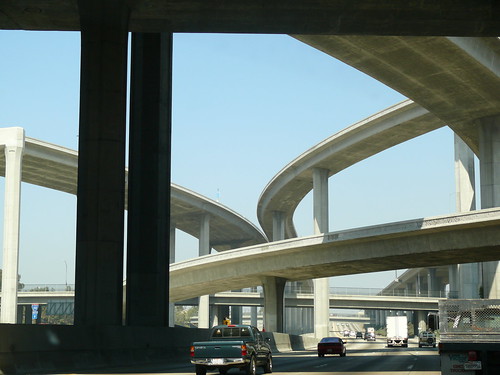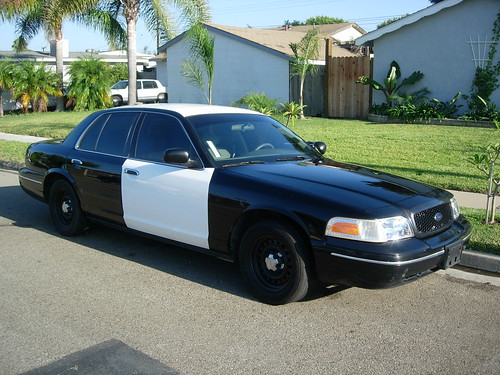Bernie’s Transportation Communications Newsletter – April 2, 2009
Thursday, April 2, 2009 – ISSN 1529-1057
Registration is now open for IBTTA’s Upcoming Summit – The Future of Tolling: ORT and the Path to Interoperability, June 14-16, 2009 in Tampa, FL
Join IBTTA in Tampa, FL and receive cutting-edge information from agencies and toll service providers around the globe on the latest in all-electronic tolling, toll traffic management, and achieving full interoperability. This is the only Summit in the world in 2009 focused on the critical topics of Open Road Tolling, All-Electronic Tolling and Interoperability and will feature more than 100 of our industry’s most experienced and knowledgeable speakers, panelists and exhibitors. What matters most is your customer’s experience driving your roads, the quality of service they receive during the payment process and your success in collecting those payments. Are your customers satisfied? Visit IBTTA’s website to view the preliminary agenda and register today!
AVIATION
1) American Airlines Union Goes Viral Against Execs
Link to AP story:
http://finance.yahoo.com/news/American-Airlines-union-goes-apf-14824283.html
2) Aircraft Could be Brought Down by DIY ‘E-Bombs’
Link to story in New Scientist:
http://www.newscientist.com/article/mg20227026.200-aircraft-could-be-brought-down-by-diy-ebombs.html
3) EU Says Phone-Ready Planes to Double by Next Year
Link to column in The Wall Street Journal:
http://blogs.wsj.com/middleseat/2009/04/02/eu-says-phone-ready-planes-to-double-by-next-year
BICYCLES
4) Promoting the Use of Bicycles on Federal Lands
Link to report from the Western Transportation Institute:
http://www.wti.montana.edu/documents/reports/pdf/4W1303_Final_Report.pdf
CAMERAS
5) In Surprising Reversal, Maryland Senate Rejects Speed Cameras
Link to story in The Baltimore Sun:
http://www.baltimoresun.com/news/local/bal-md.cameras02apr02,0,1079669.story
ELECTRONIC TOLLING
6) Toll Discounts for In-State Residents Draw Constitutional Challenge
Link to story in The New York Times:
http://www.nytimes.com/2009/04/02/us/02ezpass.html?partner=rss&emc=rss&pagewanted=all
GPS / NAVIGATION
7) TomTom Signs Deal with TrafficCast for Data for Wireless Navigation Device
Link to story in The Wall Street Journal:
http://online.wsj.com/article/SB123862738872480271.html
Link to news release from TrafficCast:
http://trafficcast.com/news/article/120/
PUBLIC INFORMATION / EDUCATION
8) New Jersey Warns Against Walking on Highways
Link to AP story:
http://www.philly.com/inquirer/local/20090402_N_J__warns_against_walking_on_highways.html
RAILROADS
9) Microsoft’s Telephony Software Gains Railroad Ties
BNSF hopes software can replacing aging phone system and attract younger workers.
Link to CNET News column:
http://news.cnet.com/8301-13860_3-10209569-56.html
10) Latest Issue of Signal the Newsletter of ERTMS, the European Rail Traffic Management System
Link to newsletter:
http://ec.europa.eu/transport/rail/interoperability/ertms/doc/011_signal_2009_04_en.pdf
ROADWAYS
11) Rural Issues with Optimal Sensor Placement for Transportation Applications
Link to report from the Western Transportation Institute:
http://www.wti.montana.edu/documents/reports/pdf/4W1531_Final_Report.pdf
SAFETY / SECURITY
12) US to Boost Ports of Entry Along US-Mexico Border
Plan calls for high-tech inspection equipment and surveillance systems.
Link to AP story:
http://www.google.com/hostednews/ap/article/ALeqM5h7YK6qe9Xpfr4heKG3_hRDGJP6jwD97A1AF80
Link to news release from the US Department of Homeland Security:
http://www.dhs.gov/ynews/releases/pr_1238626069590.shtm
13) Free Videos Aim to Reduce Teen Driving Fatalities
Link to story in The Wichita Eagle:
http://www.kansas.com/news/breaking/story/757969.html
14) Ad Hoc Routing for Rural Public Safety
Link to report from the Western Transportation Institute:
http://www.wti.montana.edu/documents/reports/pdf/4W1566_Final_Report.pdf
TRAVELER INFORMATION / TRANSPORTATION MANAGEMENT
15) FM Stations Help Punjab Police Control Traffic
Link to story in The Indian Express:
http://www.expressindia.com/latest-news/road-waves-fm-stations-help-police-control-traffic/441995/
16) Alcoa, Tennessee Named ‘Smart City’ for Transportation
Link to story in Blount Today:
http://www.blounttoday.com/news/2009/apr/02/alcoa-named-smart-city-transportation/
VEHICLES
17) Can a Speed Demon Tame Teen Drivers?
A young inventor’s gadget lets parents track kids behind the wheel.
Link to story and video in The Boston Globe:
http://www.boston.com/business/technology/articles/2009/04/02/can_a_speed_demon_tame_teen_drivers
News Releases
1) AASHTO Launches Are We There Yet? We Can Be. America, Let’s Get Moving!
2) Dashboard Navigation System Doubles as Covert GPS Tracker: Lets Boss Sit in Passenger Seat
3) Apisphere to Provide Mobile Traffic Network with Location-Smart Messaging
Upcoming Events
National Transit Institute Transit ITS Regional Workshops – April 29-30 – Chicago & June 9-10 – Dallas
http://www.ntionline.com/CourseInfo.asp?CourseNumber=TRI-26
Today in Transportation History
1804 **205th anniversary** – The HMS Apollo ran aground off the Portuguese coast. About 40 ships following in the convoy also were wrecked.
http://ageofsail.wordpress.com/2009/03/06/shipwreck-of-hms-apollo/
=============================================================================================
The Transportation Communications Newsletter is published electronically Monday through Friday.
To subscribe send an e-mail to: TCNL-subscribe@googlegroups.com
To unsubscribe send an e-mail to: TCNL-unsubscribe@googlegroups.com
TCN archives: http://groups.yahoo.com/group/transport-communications
Questions, comments about the TCN? Please write the editor, Bernie Wagenblast at i95berniew@aol.com.
© 2009 Bernie Wagenblast








